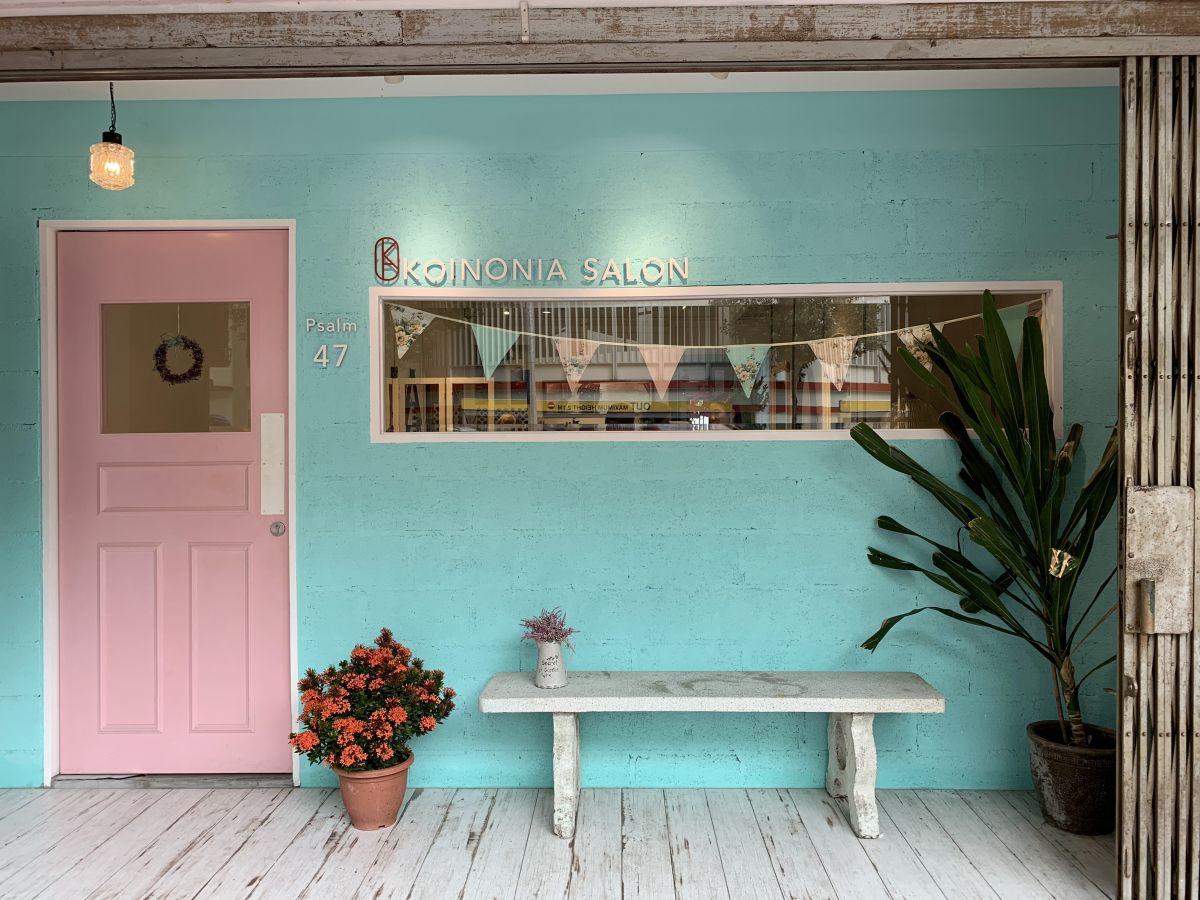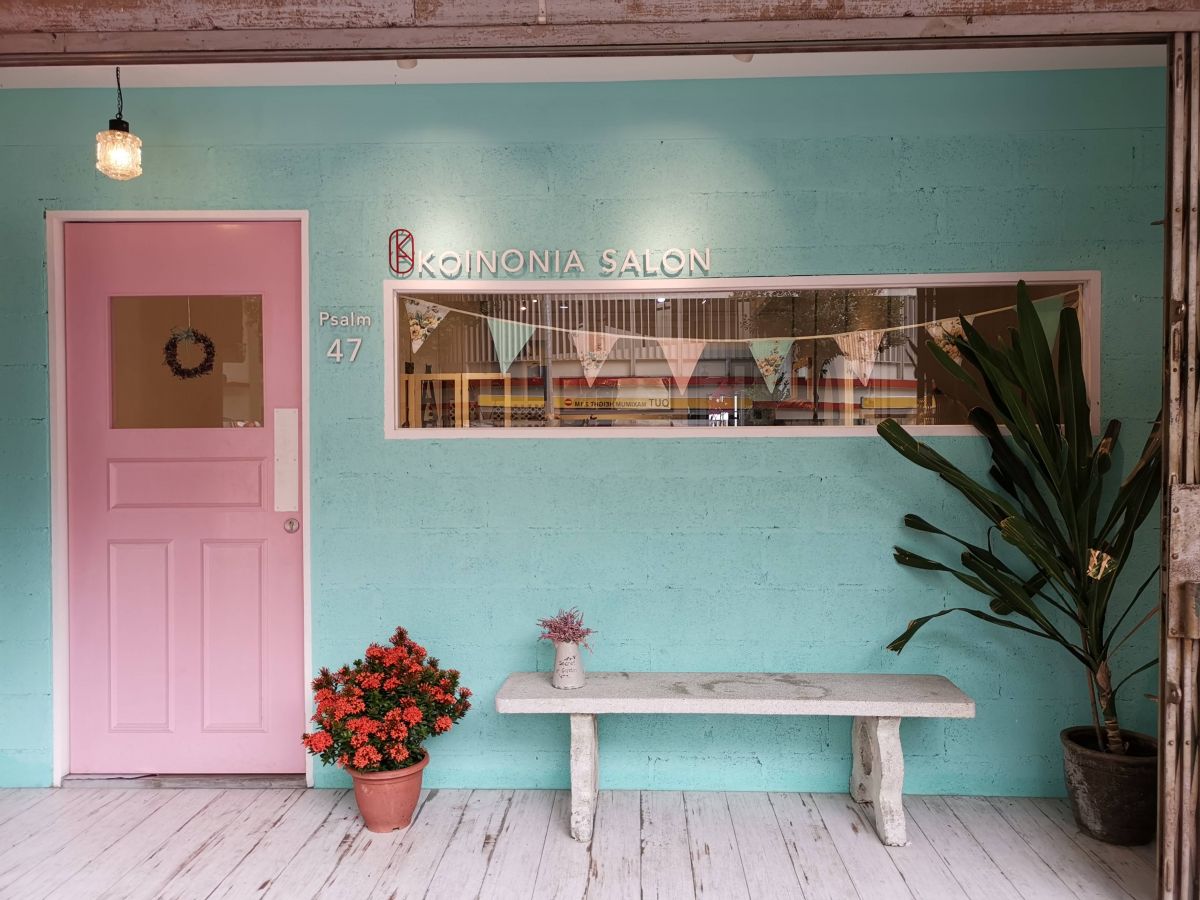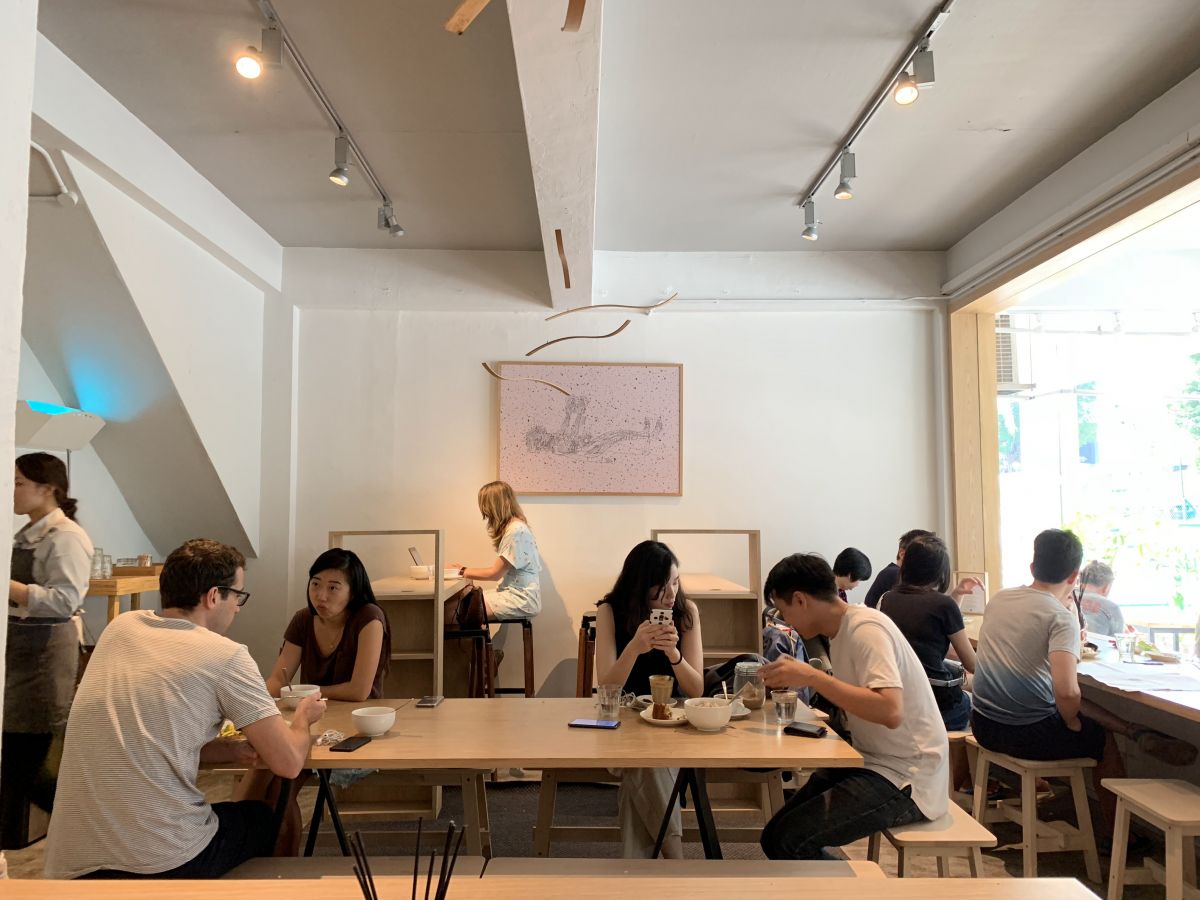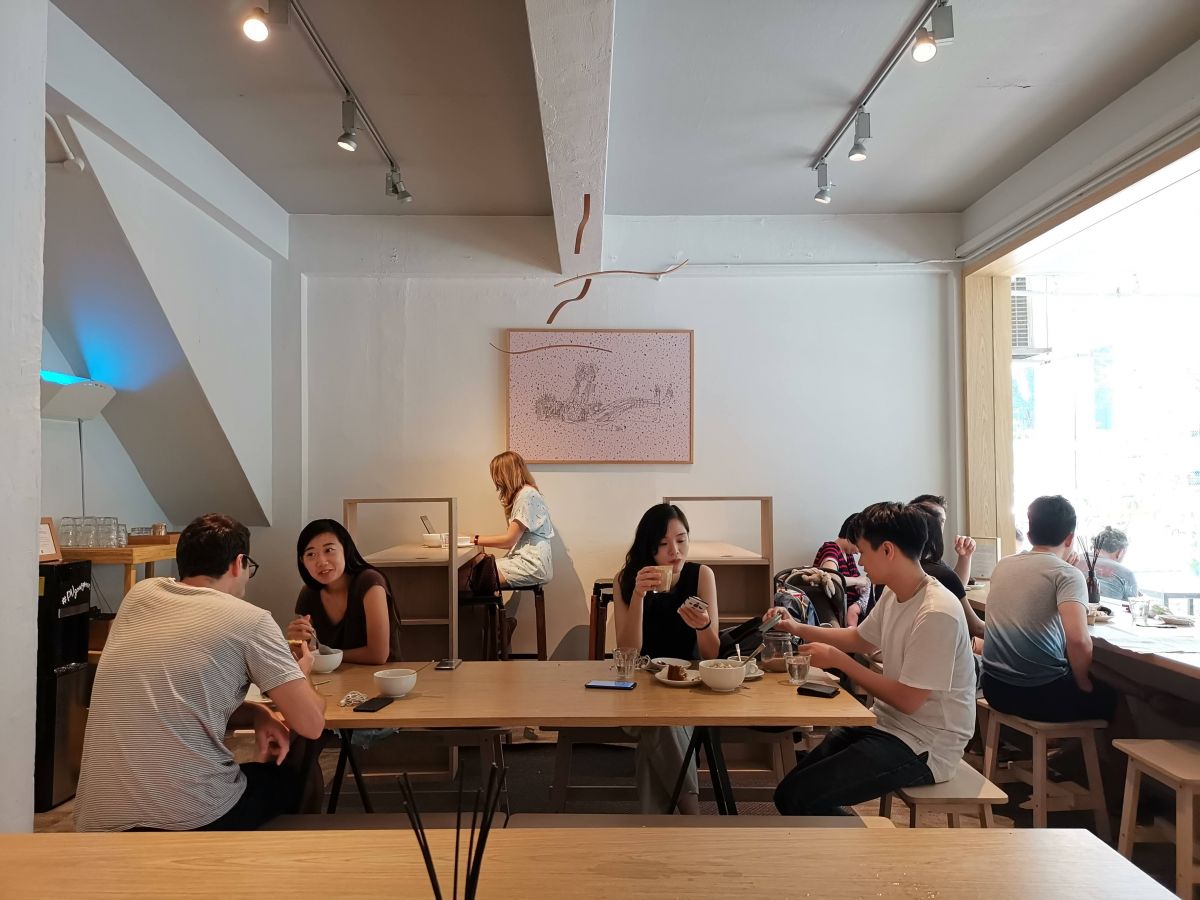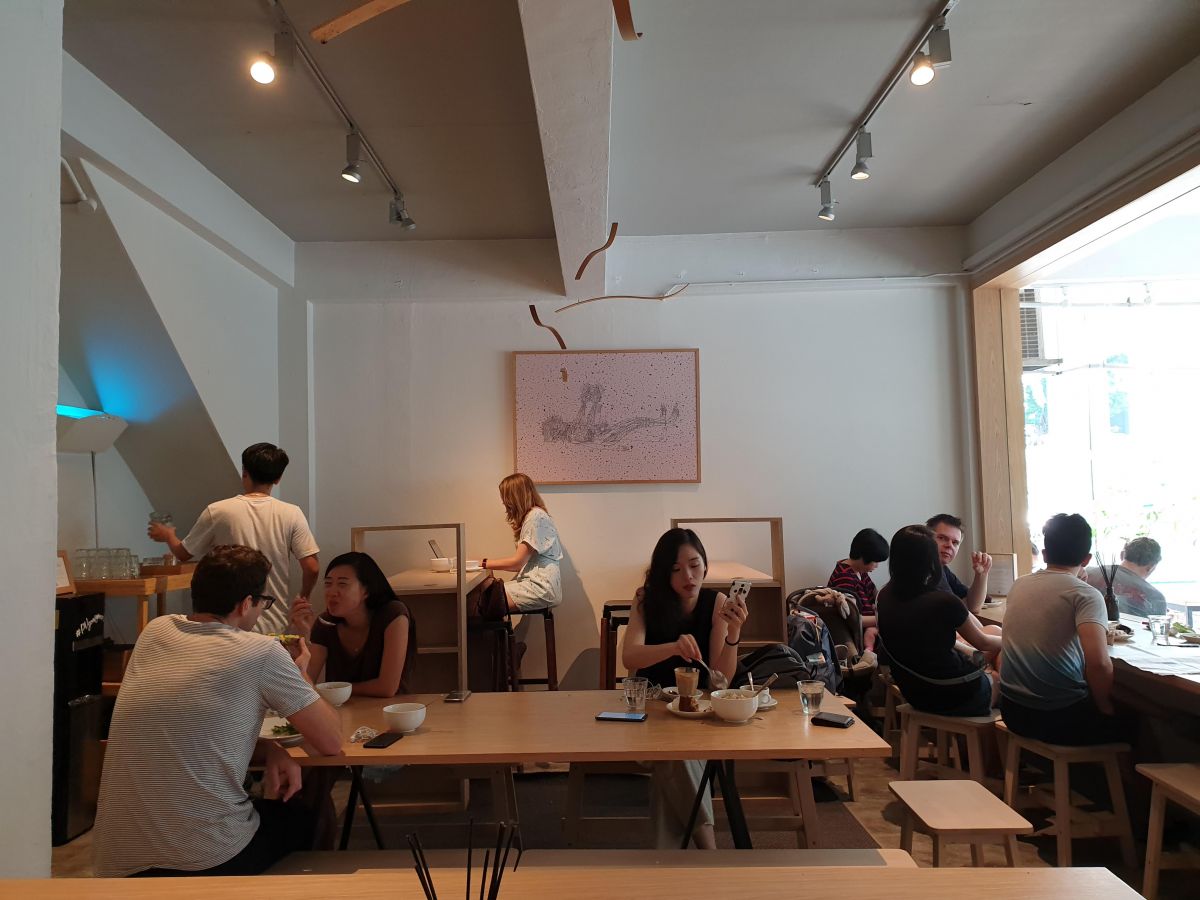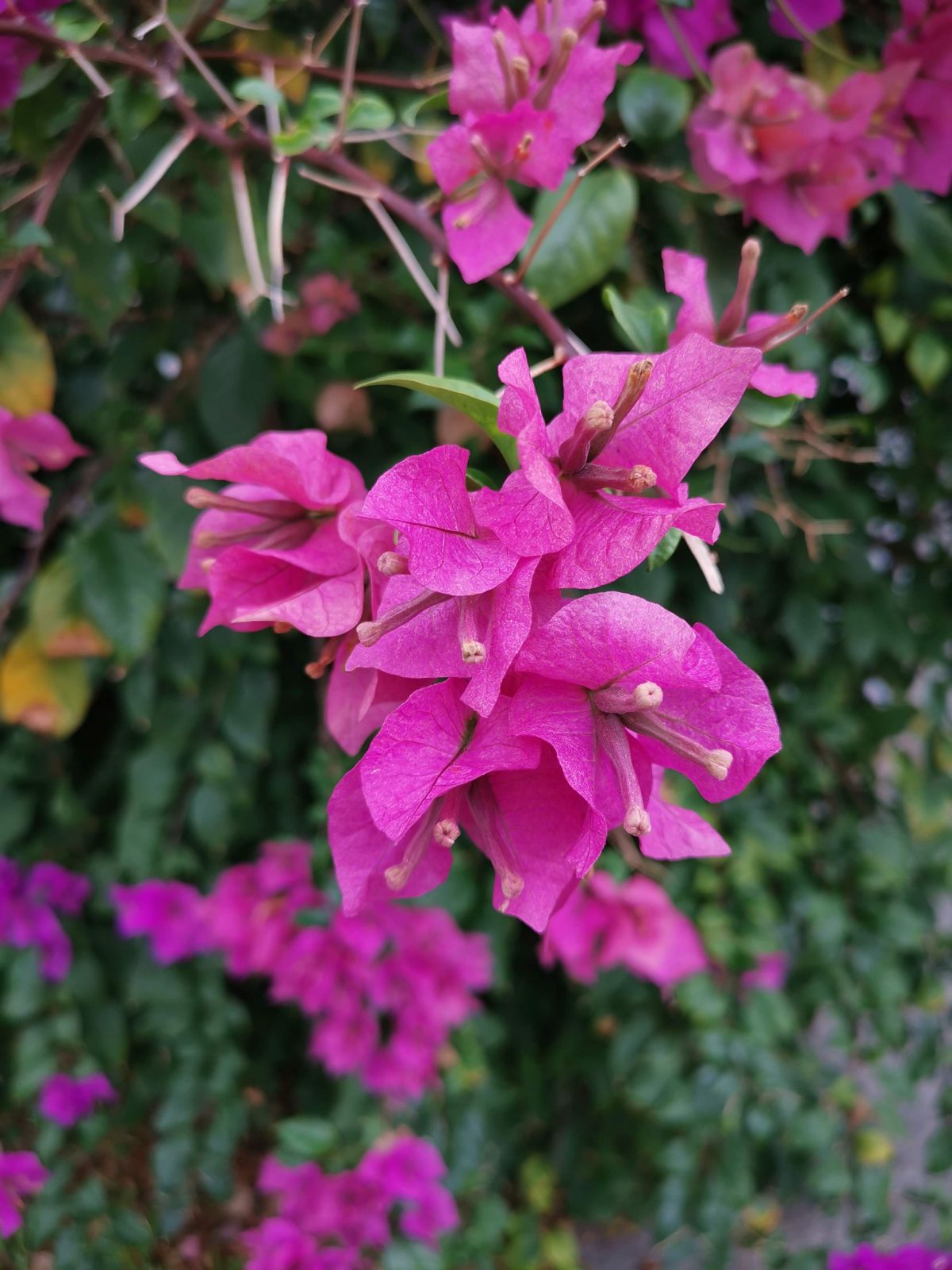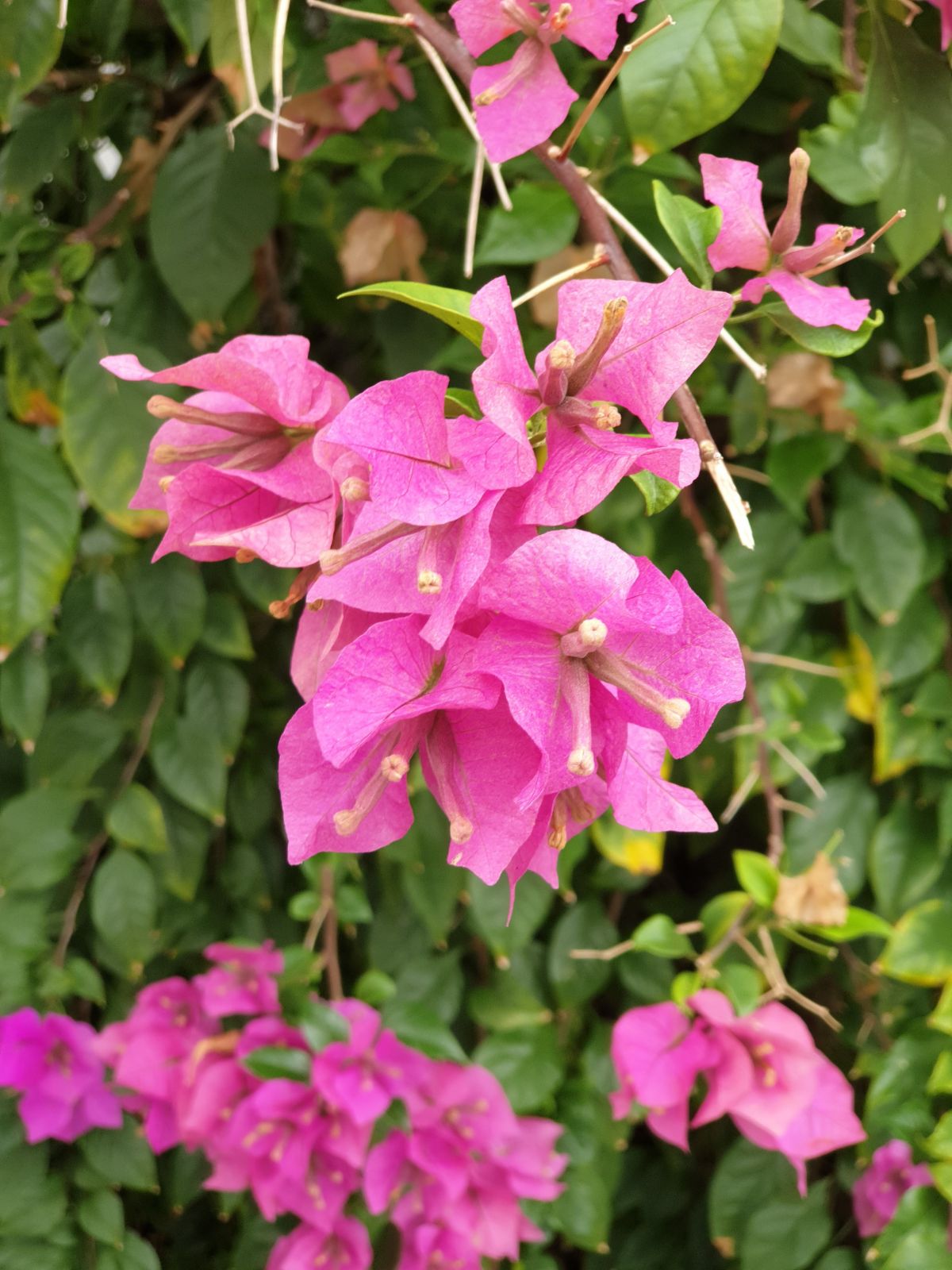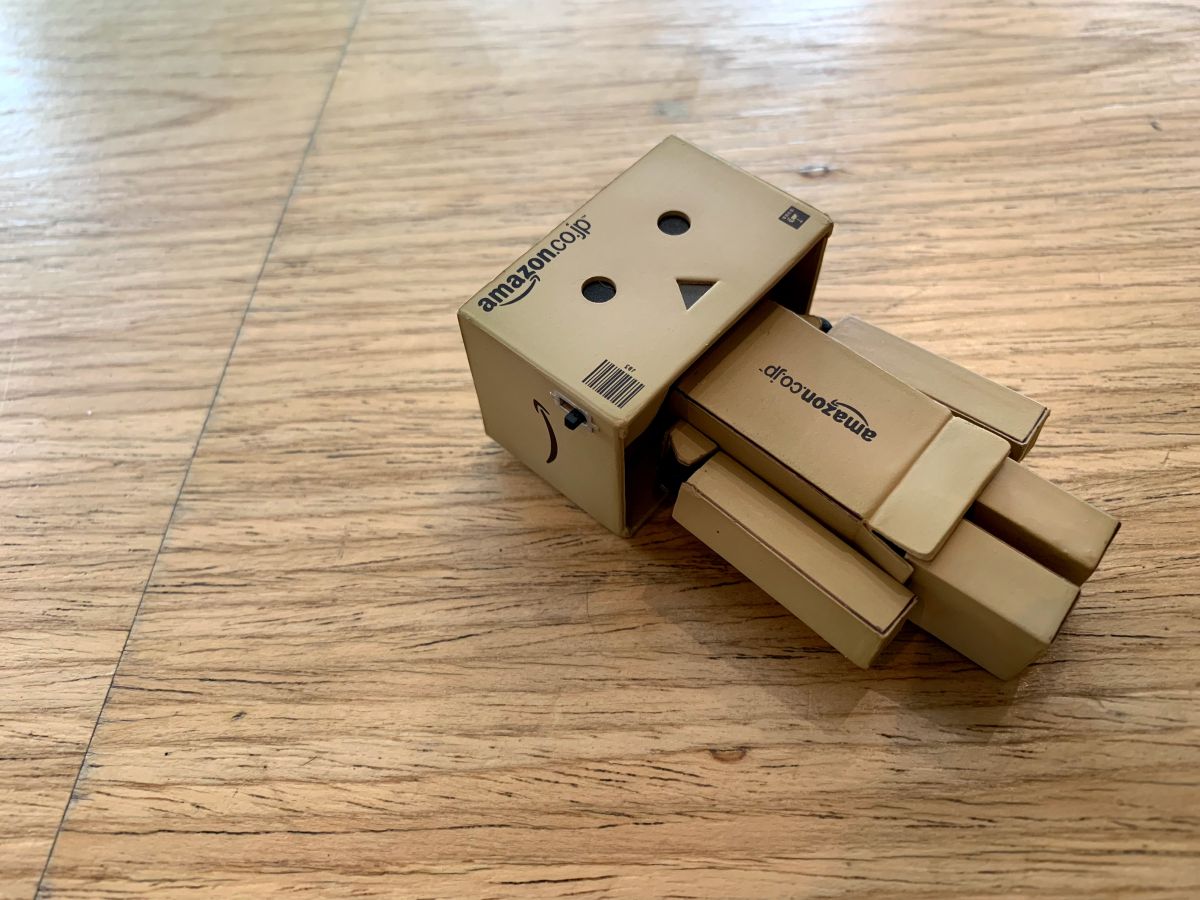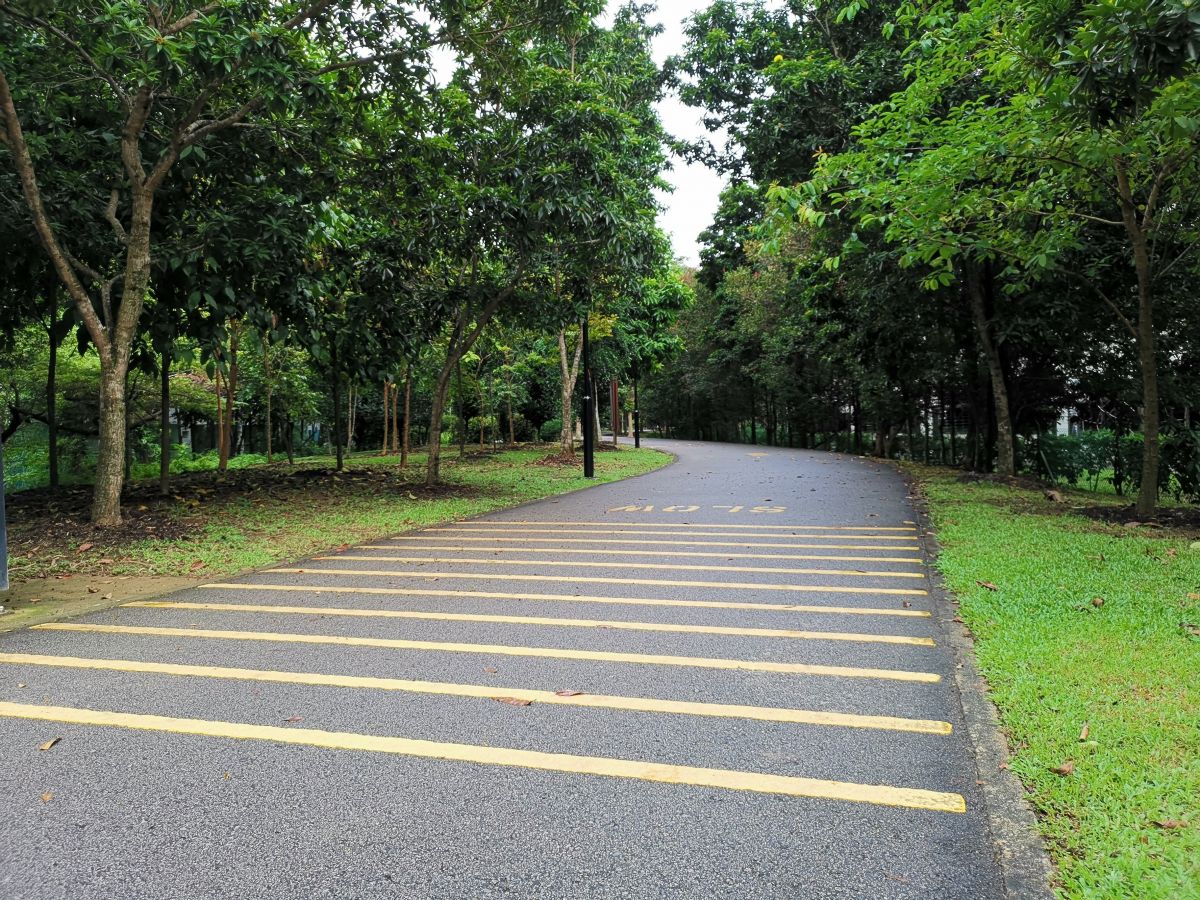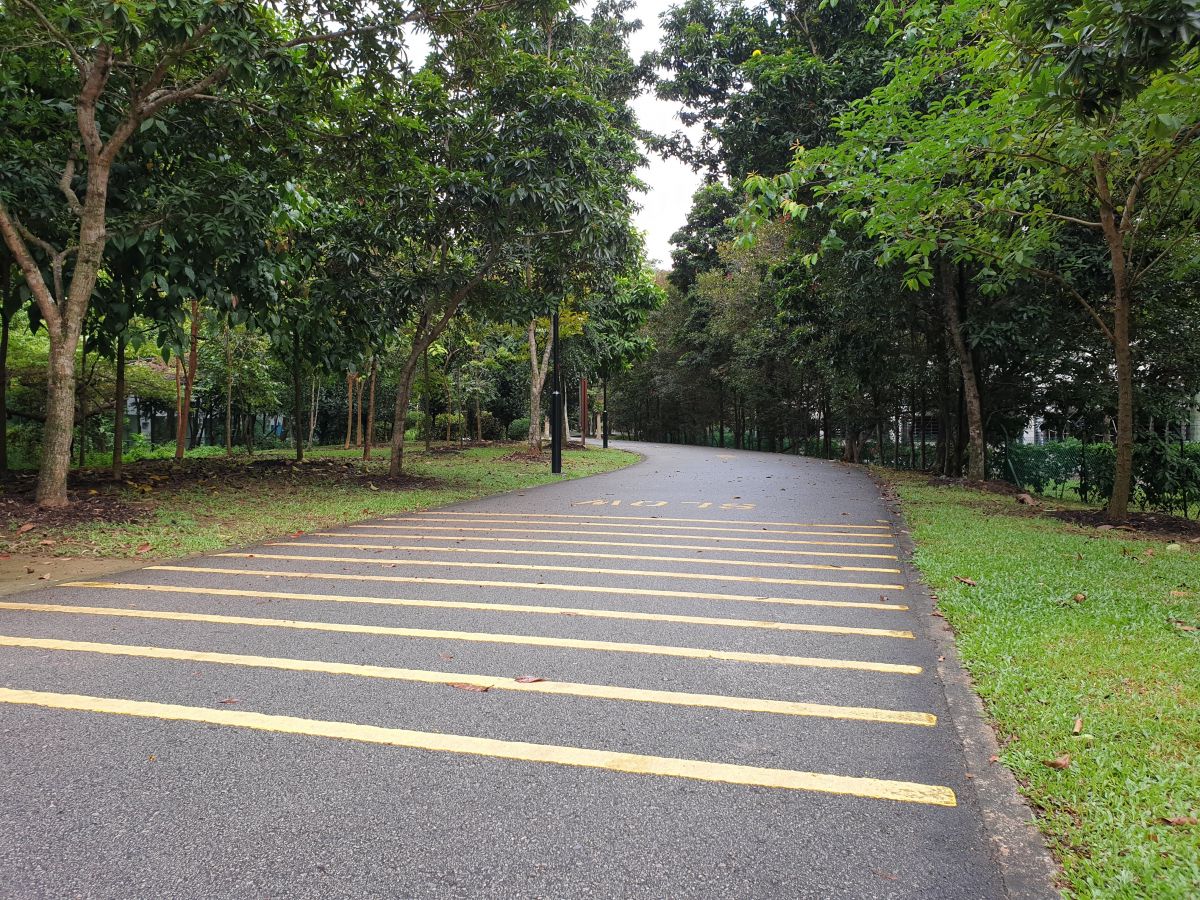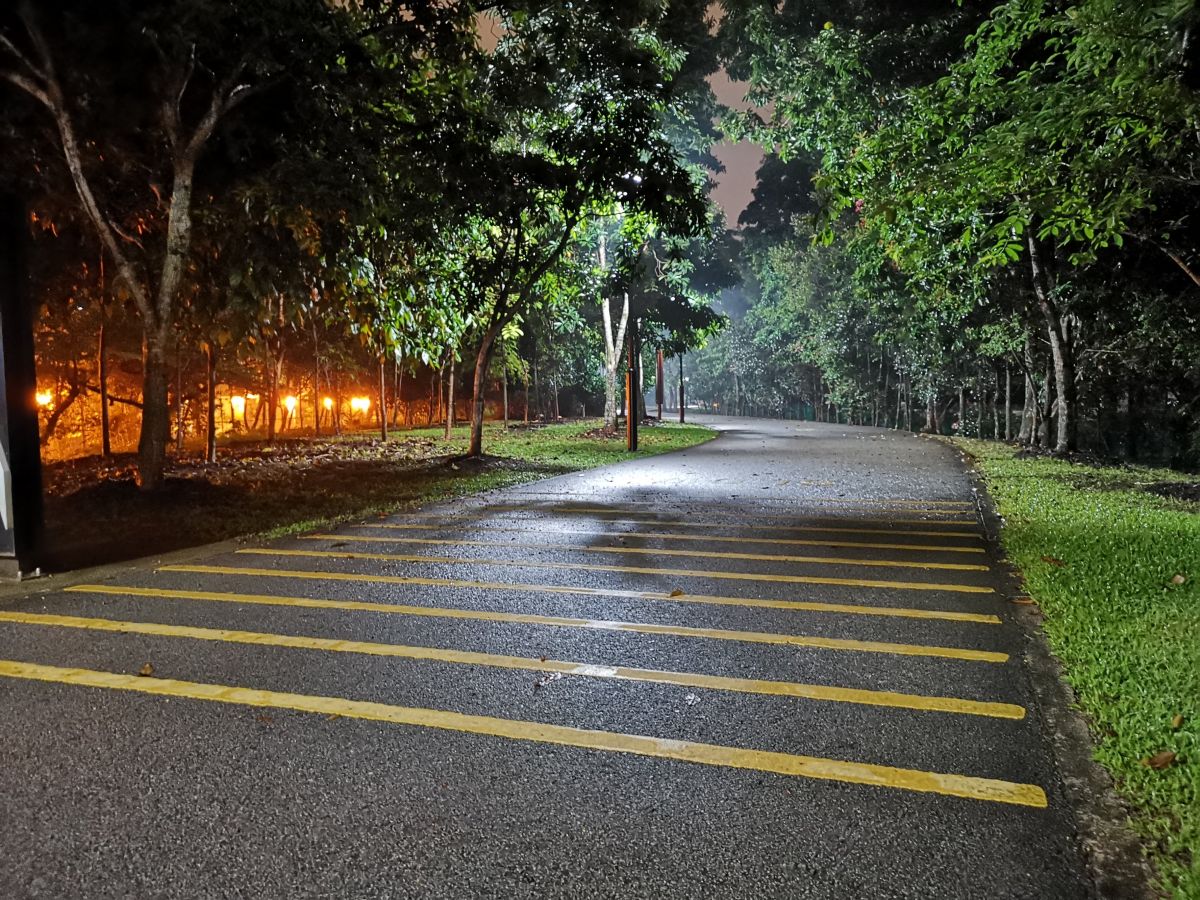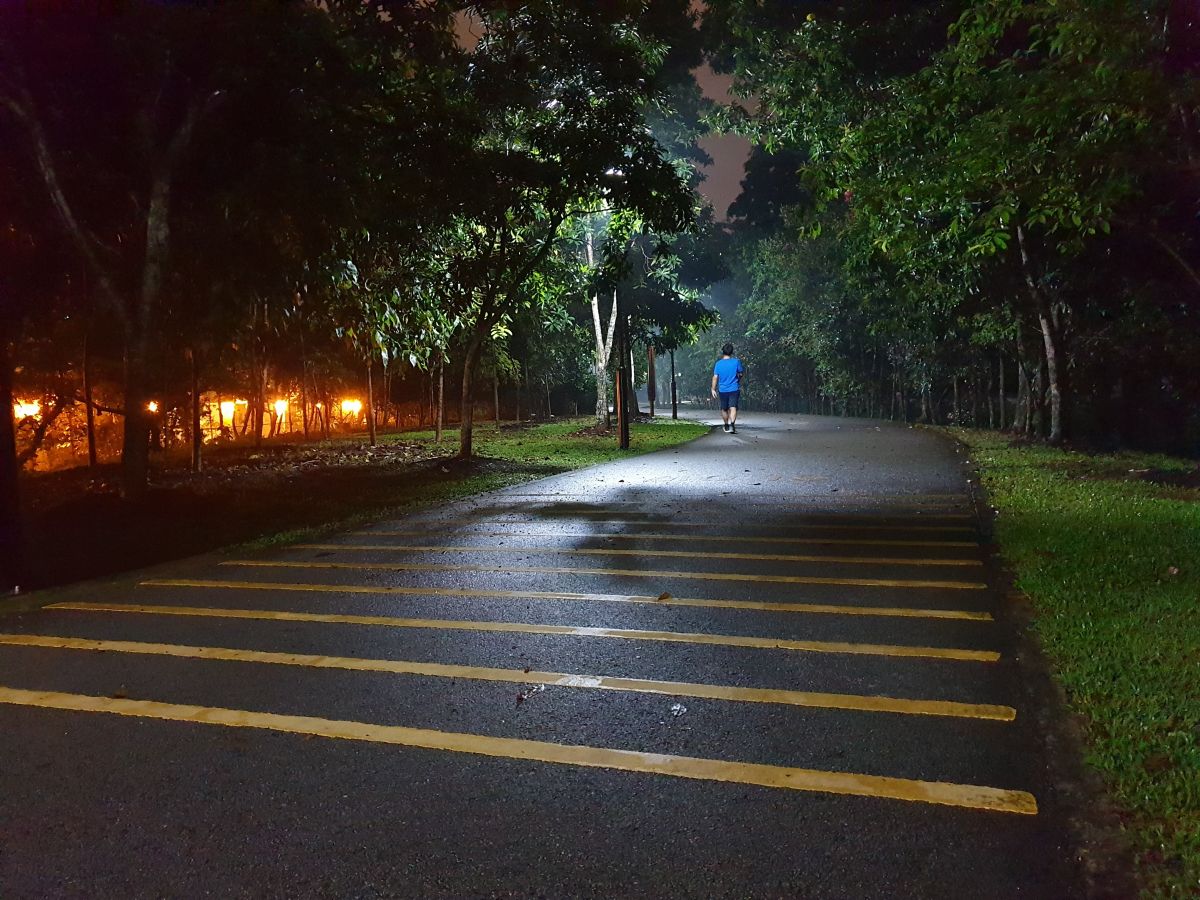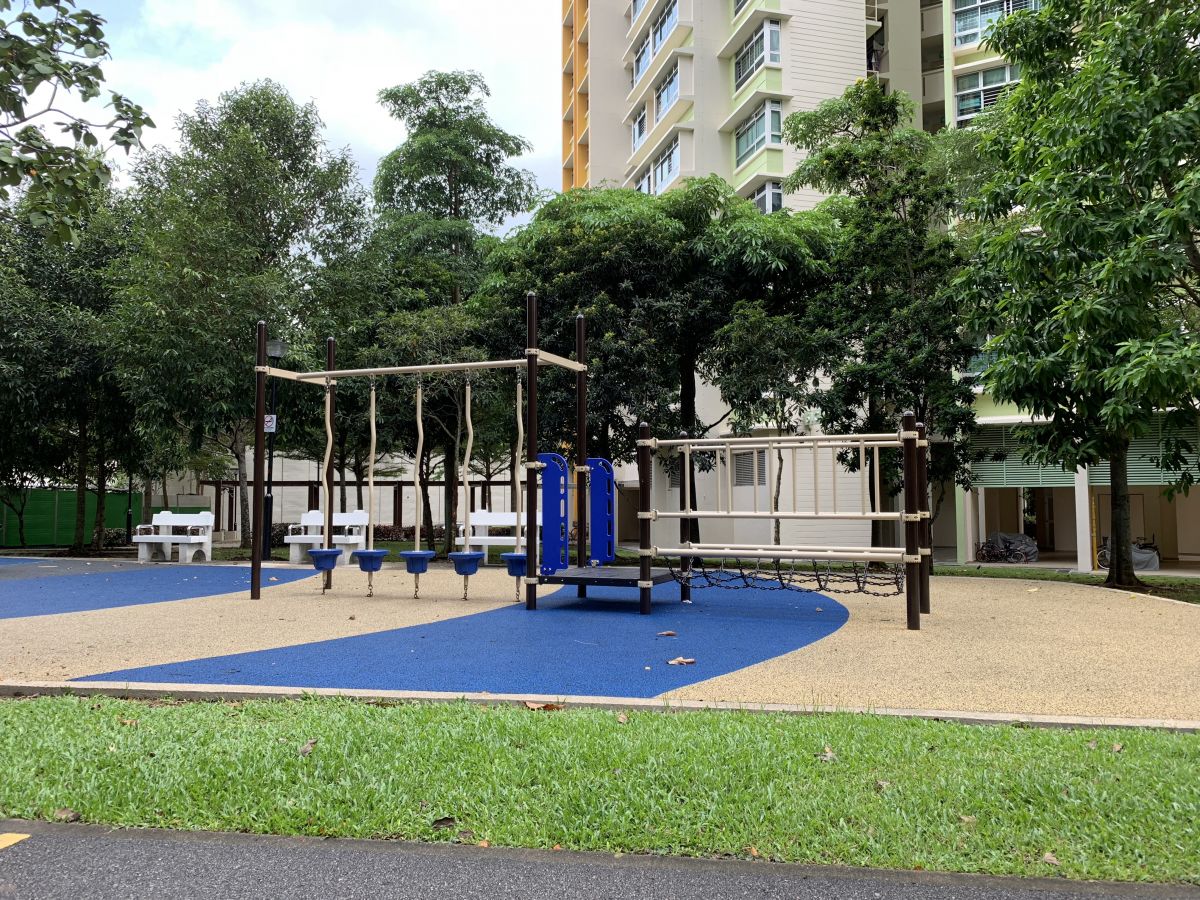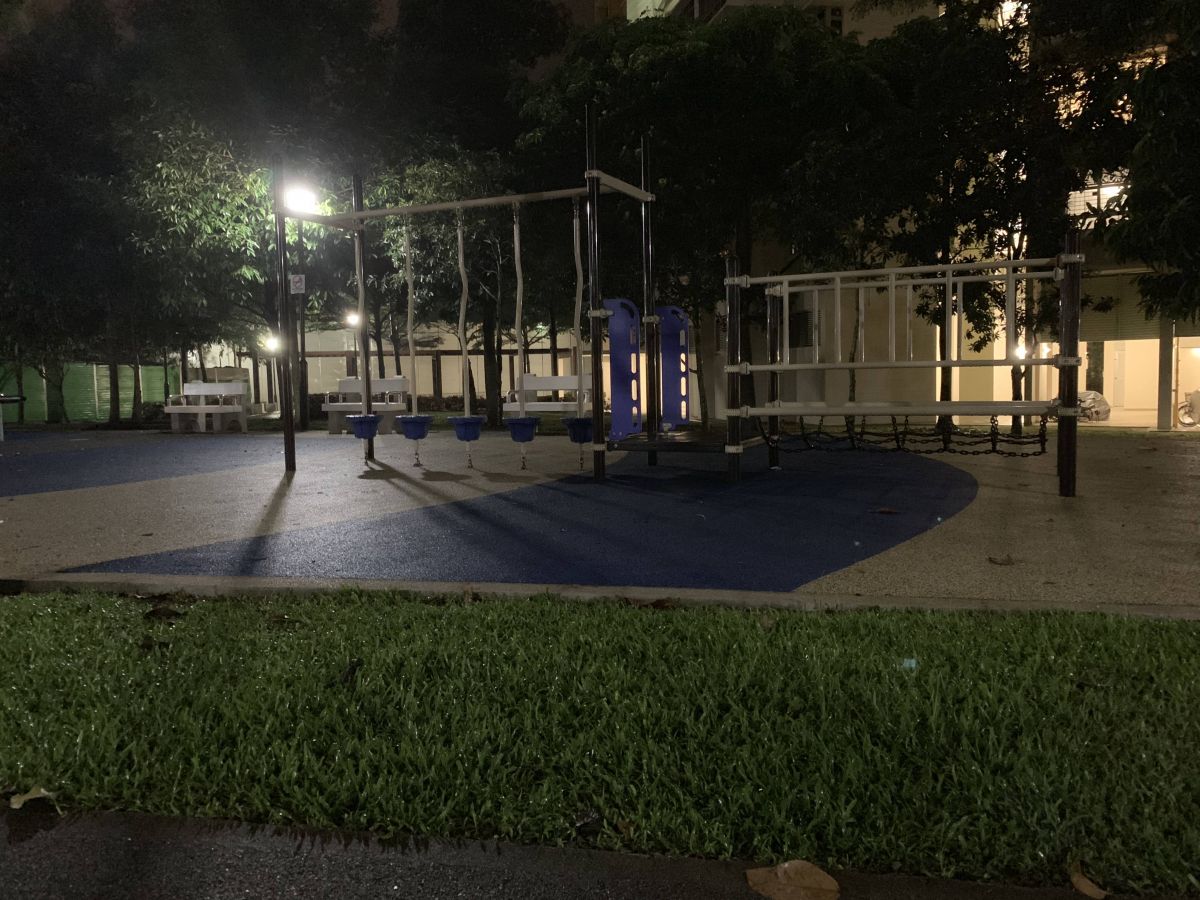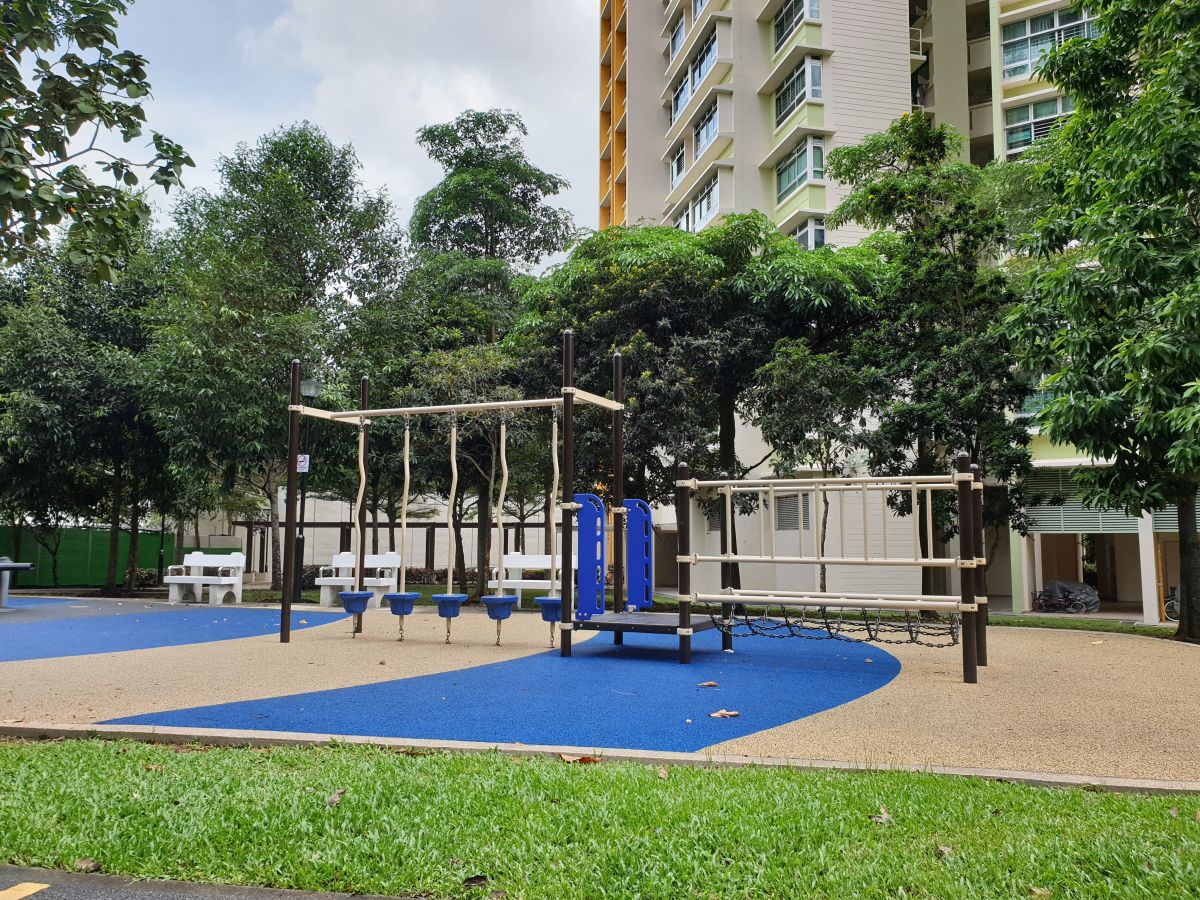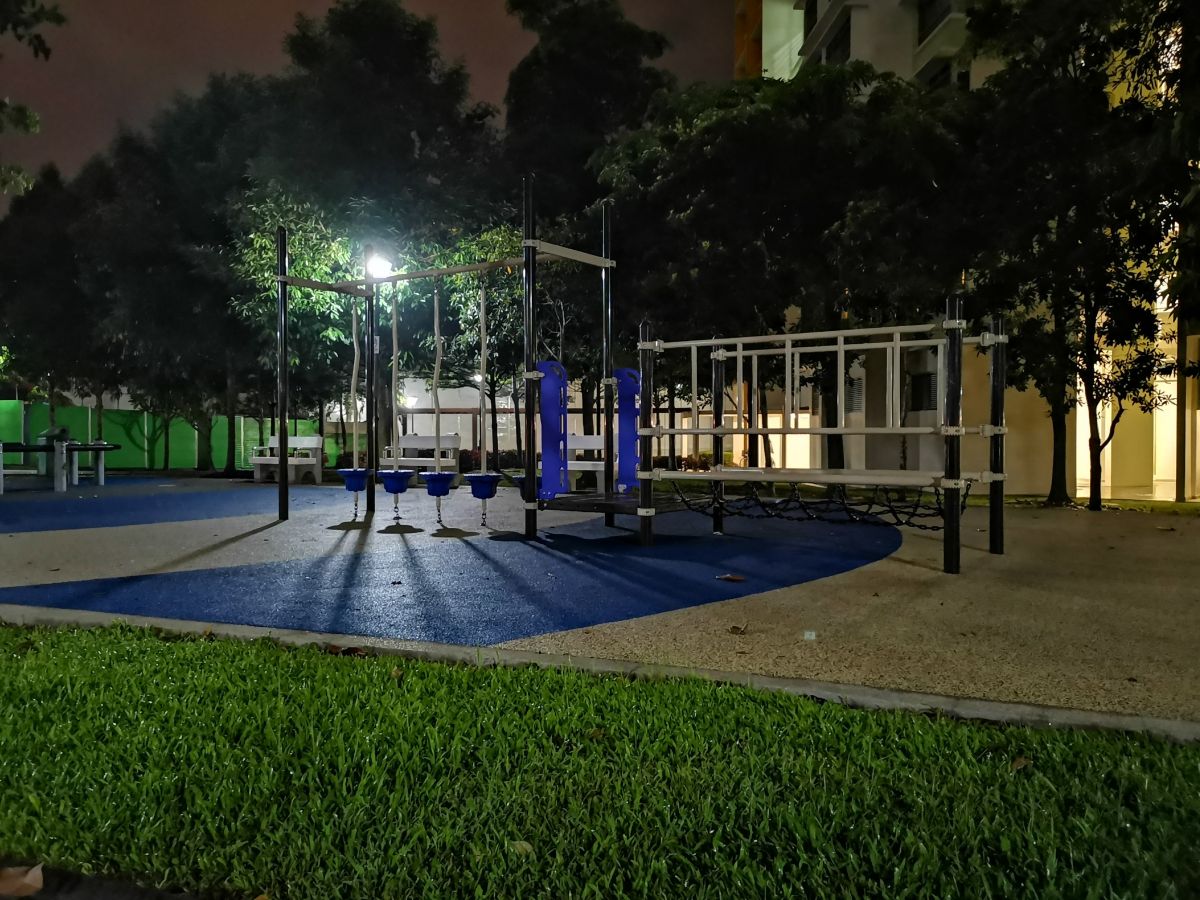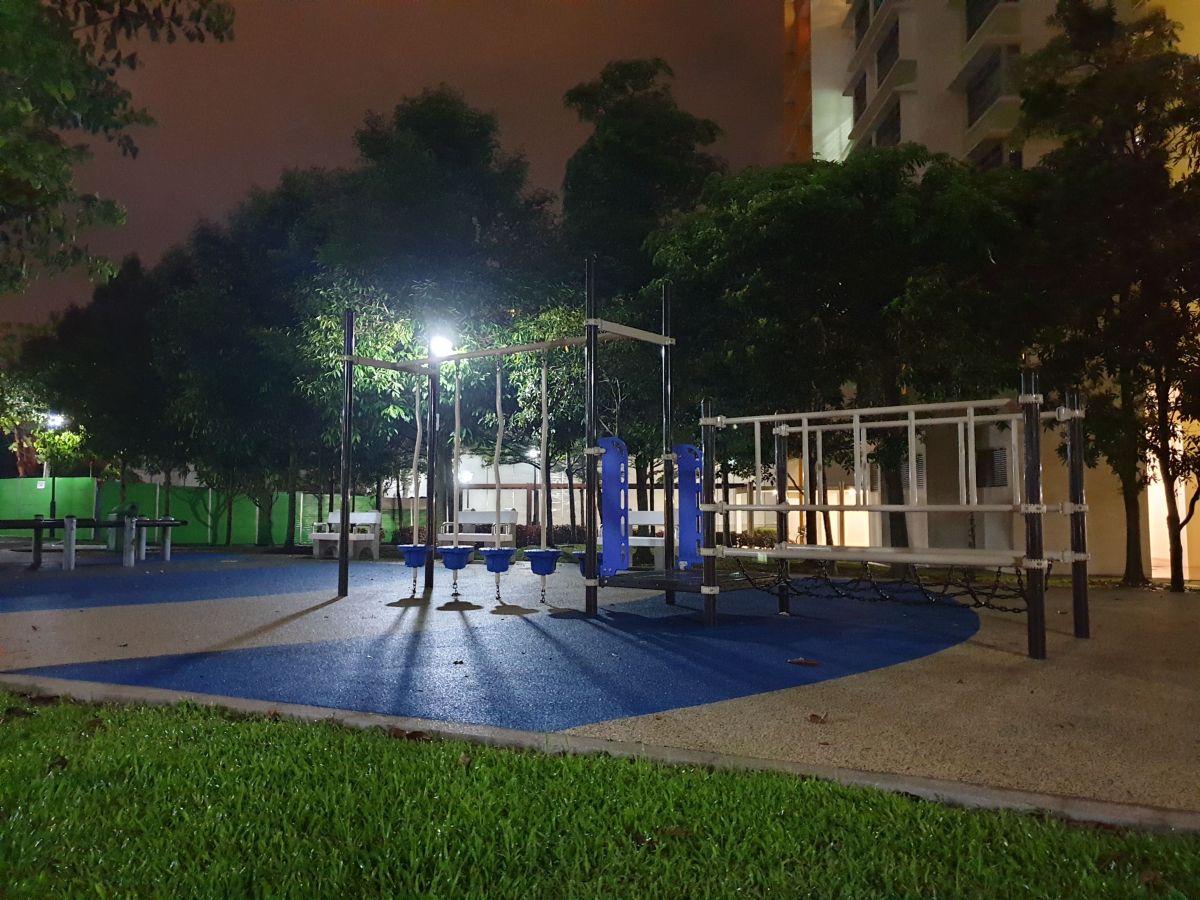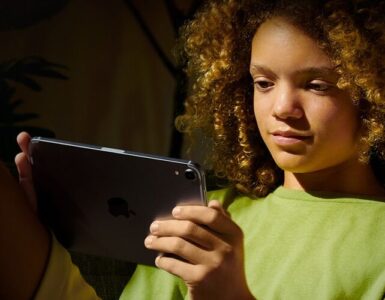Pick a phone, any phone in the market today, and it would be easy to compare the processors, screen size, display quality and memory. Just don’t try to compare cameras and the photos they shoot.
No matter the device you’re looking to purchase, it has become extremely hard to determine the “best” phone out there. If the phone manufacturers have their way, they would want the battlefield to be about the cameras, but these days, the quality of the photos are good, any difference or perceived differences can be chalked up to personal preference.
We were fortunate to get hold of the Apple iPhone XS, Google Pixel 3, Huawei Mate 20 Pro, and Samsung Note 9 to give their cameras a spin. All phones have scored really well in our tests but as reviews go, these devices tend to exist in their own bubble as well. Thus, it warrants a moment to have all these phones undergo real-life photography tests with no additional artificial lights and the sort. What you see is what you get and without the benefit of the stellar screens afforded by each phone, pictures do come out quite different from what you might see in hand.
All images below have not gone under any editing, and have been extracted directly from each device.
Shop Exterior
Apple iPhone XS (slide right) / Google Pixel 3 (slide left)
Huawei Mate 20 Pro (slide right) / Samsung Note 9 (slide left)
Amongst all the shots, all cameras seem to have done pretty well. The standout might be the Pixel 3’s image which might come across as far darker as compared to the rest. However, it’s one of the only images which has been able to capture most of the detail within the scene itself ,though it seems to disagree with the other three cameras when it comes to colour reproduction.
Mate 20 Pro’s image is distinctly sharpened which is a trait of the camera and the phone’s software. Something that will come up quite significantly in subsequent tests.
Overall, the iPhone XS image does appear to be the most pleasing to the eye with the Note 9 being a nice balance between the iPhone XS and the Mate 20 Pro.
Indoor Cafe
Apple iPhone XS (slide right) / Google Pixel 3 (slide left)
Huawei Mate 20 Pro (slide right) / Samsung Note 9 (slide left)
Heading indoors we see how differently the Pixel 3 stands out from the rest once again. Based on the human eye, the Pixel 3 was able to accurately capture the colours most accurately to real life.
While the other cameras do make the scene look much brighter, the Pixel 3 has overall the best picture and understands what to retain and does not destroy highlights as seen in the right of the image. We’re still able to see what’s going on in bright sunlight which the other three phones have left out.
The Non Hipster Store
Apple iPhone XS (slide right) / Google Pixel 3 (slide left)
Huawei Mate 20 Pro (slide right) / Samsung Note 9 (slide left)
There’s a lot of red going on in this image, and we see there are slight differences in how each camera handles the colour.
With the Pixel 3, Mate 20 Pro, and Note 9, these Android phones tend to place a lot more emphasis and saturates the scene. Compare this to the iPhone XS, which remains truer to real life.
Portrait Flowers
Apple iPhone XS (slide right) / Google Pixel 3 (slide left)
Huawei Mate 20 Pro (slide right) / Samsung Note 9 (slide left)
To some, portrait mode has been the definitive way to determine if a phone’s camera and software is up to snuff. The combination of hardware, software, and AI all come into place to achieve the perfect bokeh.
Out of all the images above, the Note 9 struggled quite a bit to get the shot above, requiring the phone to be placed at a much further distance in order to function properly. The rest didn’t experience the same issue.
All phones seem more than capable to the task but the Pixel 3 appears to be the best of the lot. The Mate 20 Pro really loves to sharpen up their images for the added detail and amps up the colour as well.
Out of all these images, it would appear that the iPhone XS has quite a distinctive bokeh effect as compared to the rest. In the hands of Apple, the background seems to melt away quite dramatically which might come across as too unnatural to some.
Portrait Human
Apple iPhone XS (slide right) / Google Pixel 3 (slide left)
Huawei Mate 20 Pro (slide right) / Samsung Note 9 (slide left)
When it comes to a human subject, things like spectacles and hair can easily throw a camera’s portrait mode off.
However, given enough background separation, it wouldn’t appear that any of the cameras have an issue with the rims of my glasses. Though the hair is another story altogether. Out of the three, the Pixel 3 has been able to tackle my spikey hair the best with the rest showing a bit of the hair ends melting into the background.
The Mate 20 Pro deserves a special mention as reproduces skin tone well and even accentuates my skin blemishes.
Looking at the other parts of the image, one should also be able to make out the words “Timbuk2” quite distinctively over my left shoulder via the Pixel 3’s image.
Danbo
Apple iPhone XS (slide right) / Google Pixel 3 (slide left)
Huawei Mate 20 Pro (slide right) / Samsung Note 9 (slide left)
Overall, Danbo looks to have been reproduced faithfully by all cameras with the exception of one area – the top right corner of the figurine. This is a tricky test considering that Danbo and the table are pretty similar in colour.
It would appear that the iPhone XS has been able to successfully distinguish the toy from the table, while the Pixel 3 comes up next best. For the Huawei Mate 20 Pro and Note 9, the corner looks to blend into the table itself.
Looking at the text on Danbo, the iPhone XS, Pixel 3, and Note 9 looks to be the sharpest and I’d say that the Note 9 edges out the Pixel 3 just a wee bit. Comparing the colour of the scene to real life, I’d say that the Pixel 3 and Note 9 are the most accurate.
Park – Day
Apple iPhone XS (slide right) / Google Pixel 3 (slide left)
Night
Day
Huawei Mate 20 Pro (slide right) / Samsung Note 9 (slide left)
Night
One of the biggest features touted in this generation of smartphones would be how well the camera is able to handle night or low light photography. For reference, the nearby park has plenty of foilage and despite the dim street lamps it doesn’t quite illuminate most areas of the park. It’s good to have a look at how each scene looks like to make a comparison of how much detail is captured for night shots.
Sadly, while the iPhone XS has done well for day shots, this is one aspect the phone is weakest at. The grass by the side is totally lost.
The Pixel 3 and Mate 20 Pro are clearly the winners here. Plenty of details are retained and the cameras are able to illuminate areas of darkness as well.
Though the Note 9 is the earliest phone to be released of the lot, it still is able to hold its own remarkably well. It’s not the best compared to its other Android brethren, but it is still well placed above the iPhone XS.
Playground – Day
Apple iPhone XS (slide right) / Google Pixel 3 (slide left)
Night
Day
Huawei Mate 20 Pro (slide right) / Samsung Note 9 (slide left)
Night
With a bit more light, the iPhone XS is able to eke out a bit more quality but compared to the Android phone, it looks as though the street lamps became literal floodlights to illuminate the scene.
Surprisingly, the Note 9’s effort looks better compared to the Mate 20 Pro with Pixel 3 once again winning the crown in this scenario.
Considering that most users will not be looking to shoot photos in pitch black conditions, the iPhone XS would definitely be sufficient for most mainstream scenarios and we would imagine that the Android phones will perform even better.
Overall, it’s still a tough fight to really determine which camera does better, it really does boil down to individual preferences.
Special mention has to be given to the Google Pixel 3 considering that it is able to do plenty of heavy lifting with only one single camera. This does run counter with any notion that the more cameras in a mobile device the better.
Gerald currently straddles between his love of video games and board gaming. There’s nothing that interests him more than trying out the newest and fanciest gadget in town as well. He dreams of publishing a board game sometime in the future!

